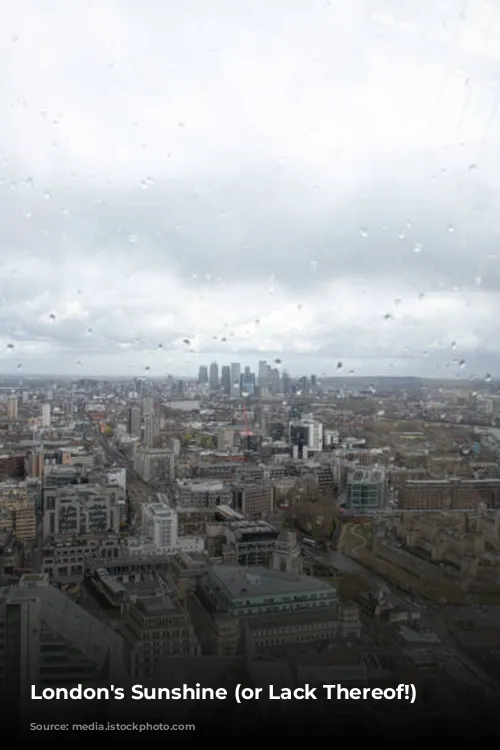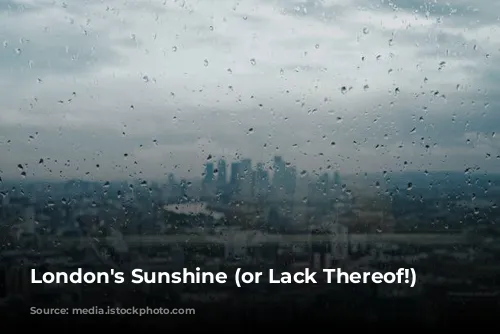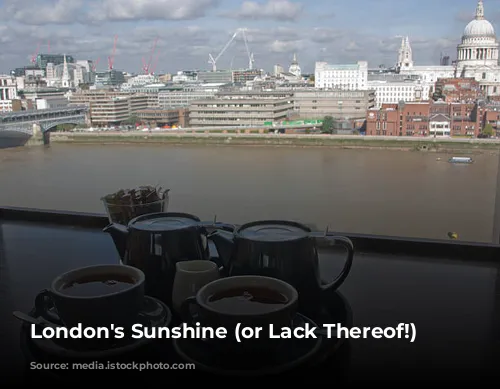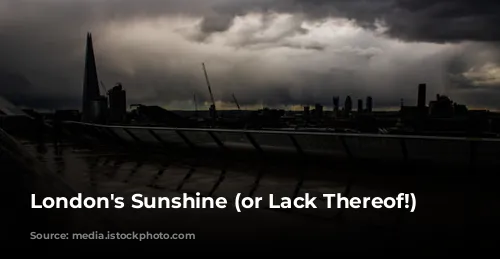London’s location, nestled at a relatively high latitude, significantly impacts its daylight hours. When the clocks fall back at the end of October, the days suddenly shrink, ushering in the winter season. By December, the sun barely graces the sky, rising around 8 am and setting before 4 pm, leaving Londoners navigating the city in the dark. For those accustomed to sunny California, the lack of daylight can be a bit disheartening.
The Land of Long Summer Days
Conversely, London experiences incredibly long summer days, with the sun rising as early as 4 am! Imagine waking up to chirping birds and a bright sky at 3 am! The extended daylight makes it difficult to get a good night’s sleep, especially for children who have bedtime routines. In June, the sun lingers until around 9:20 pm, making for a long and beautiful day. While many revel in these long daylight hours, most people still need their eight hours of sleep. To combat the early morning sunshine, many Londoners utilize blackout curtains, which also provide some insulation during the colder months.

A Temperate Climate
Despite its northerly location, London boasts a surprisingly temperate climate. The warm Gulf Stream, a powerful ocean current that pulls warm water from the Caribbean to Western Europe, significantly influences the British Isles’ weather. This results in a milder climate than expected, with rare extreme temperatures. In January, the average daytime temperature hovers around 8°C (46°F), while July typically reaches a high of 22°C (73°F). While London experiences occasional summer days exceeding 25°C (77°F) or even 30°C (86°F), it rarely sees stifling heat. Similarly, winter temperatures rarely plummet below freezing, and most homes have heating systems to stay warm.

Rain, Rain, Go Away
One aspect of London’s weather that requires preparation is the frequent rain, which falls throughout the year. While the annual rainfall isn’t exceptionally high, drizzle often graces the city. A simple solution is to keep a compact umbrella or waterproof jacket handy. While London occasionally experiences thunderstorms, most rainfall is fairly light.
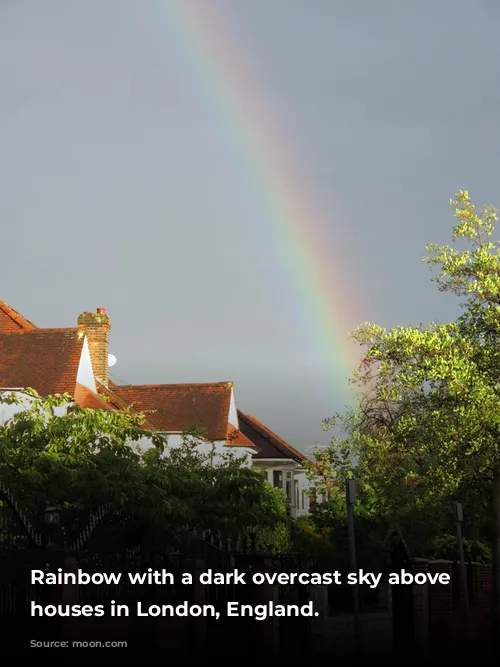
The Rare Sight of Snow
Much to the disappointment of London’s children, snow is a rare occurrence in the city. The urban environment, with its numerous buildings and vehicles, generates a significant amount of heat, preventing temperatures from dropping low enough for snow to settle. London is typically several degrees warmer than the surrounding countryside. When snow does grace the city, it often creates chaos and disruption. Transportation services, particularly the Underground (which is mainly underground in the city center but runs above ground in the outskirts), are vulnerable to snow and ice. Freezing weather also affects the train services, often leading to cancellations and delays.

Snow’s Impact on Transportation
The most significant impact of snow falls on London’s traffic. Even a small amount of snow can cause major traffic jams, as drivers unaccustomed to snowy conditions often misjudge the slippery roads. A few years ago, a light snowfall in North London transformed a quick trip to the mall into a two-hour ordeal, as the city’s streets turned into icy obstacles. Drivers struggled to navigate the snowy hills, leading to accidents and gridlock. The situation was further complicated by the lack of timely road gritting.
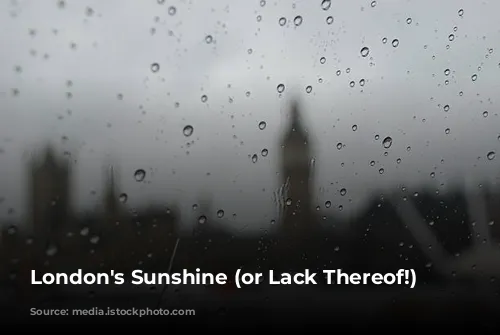
Is London’s Weather Changing?
London’s weather patterns may be experiencing a shift. After a long period of mild winters, the past few years have seen colder temperatures and increased rainfall. While this change could be part of normal weather cycles, it also raises concerns about climate change. If London is indeed experiencing climate change, it must prepare for more extreme weather events.

A City of Pleasant Summers
Despite its reputation for rain, London rarely experiences sweltering summers. The city enjoys a few days of warm temperatures in the low 80s (Fahrenheit), inviting residents to bask in the sunshine in the city’s many parks. However, most London homes are not equipped with air conditioning, as the city doesn’t typically require it. Only a few memorable hot summers, like the one in 2003, stand out. For the most part, London’s summers are damp, making them a challenging environment for Wimbledon tennis fans.
London’s weather, though unpredictable, offers a unique experience. From the long summer days to the rare snowfalls, London’s climate adds another layer to the city’s charm. While some aspects of the weather can be challenging, they ultimately contribute to the city’s character and spirit.


